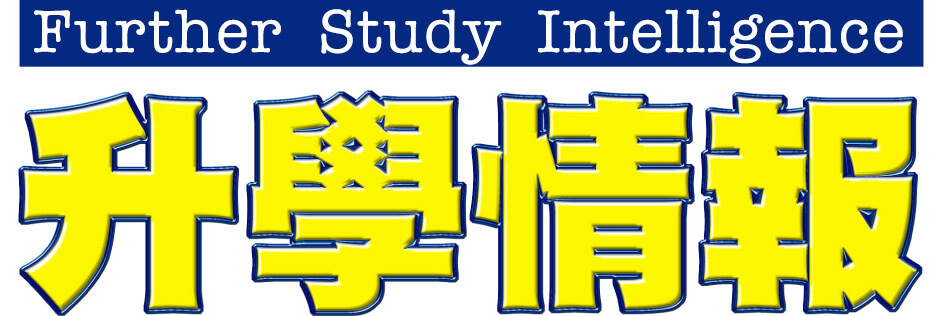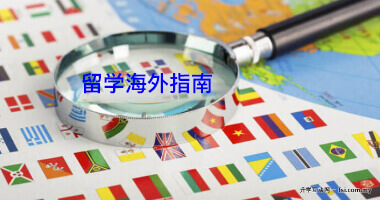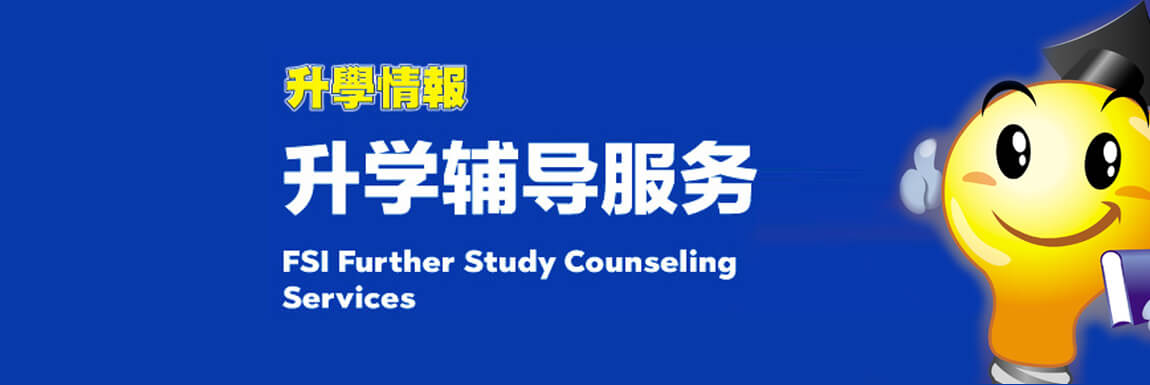Nanyang Technological University, Singapore (NTU Singapore) is Asia’s top university, announced Quacquarelli Symonds (QS) in its Asia University Rankings released today.
NTU, which is renowned for being among the world’s best universities for engineering and technology, rose two spots from last year to be placed in the leading position of the QS Asia University league table ahead of 400 universities in Asia.
NTU propelled to the top spot, having improved its scores for papers per faculty and student-faculty ratio. For the second consecutive year, NTU is also the region’s best performer for citations per paper, which measures the impact and quality of the scientific work done by universities.
This is the latest feather in the cap for NTU. Earlier this year, NTU rose to 11th place in the QS’ World University Rankings – the highest position even by an Asian university in world rankings. The latest Asian University Rankings is based on a different set of metrics from the world rankings.
NTU President, Professor Bertil Anderson said, “NTU has made fantastic progress, having risen from No. 14 when the QS Asian rankings began in 2009. The latest rankings are an outstanding achievement and strong endorsement of NTU’s excellent reputation built up over the years, and I wish to thank the entire NTU community for their contributions.”
“Besides celebrating NTU’s success as Asia’s highest-ranked university, Singaporeans should also be very proud that Singapore leads the rest of Asia with two world-class universities,” said Prof Andersson, who has led NTU’s rapid ascent up various global league tables since being appointed NTU President in 2011.
“As a small country, Singapore was determined to be at the forefront of research and innovation to punch above its weight when competing with the bigger Asian countries in the knowledge economy. I’m happy that NTU has contributed to this achievement for Singapore,” added Prof Andersson.
Asian universities are world’s future innovation dynamos
Commenting on the region’s progress in higher education in recent years, Prof Bertil Andersson said, “Asia’s universities are clearly on the move and increasingly giving their Western counterparts a run for their money.
“Many Asian universities are receiving generous financial support from their governments in the form of policies, plans and programmes, such as Singapore’s Research Innovation Enterprise 2020 Plan, Brain Korea 21, and China’s Double First Class University Plan to create world-class universities by 2050. These initiatives help boost the universities’ capabilities to better compete internationally for the best brains, resources and investments.
“The future challenge for Asia is to create high-quality teaching and research programmes, and win-win partnerships across the region and beyond. If Asian universities maintain their momentum, they can potentially become the world’s leading dynamos for learning, knowledge generation and innovation by 2050.”
NTU: young and research-driven
Ben Sowter, Research Director, QS, said, “While the methodology of the Asia Rankings differs from the one of the World University Rankings, Nanyang Technological University is the top-performing Asian University in both lists, according to our metrics. NTU has improved its standing in the academic and employer reputation indicators, as well as in the “international faculty” metric. Additionally, it has enhanced its research productivity (“papers per faculty” indicator) and impact (“citation per paper” indicator). At the very top of the table, the competition is fierce and the gap between institutions very narrow. Nevertheless, this still very young university, has tangibly demonstrated its prowess, both regionally and globally, and over a very short period of time has achieved an impressive ascending trajectory, supported by a strong leadership and a government that puts education, innovation and research excellence at the core of its agenda”.
Besides being Asia’s top performer in the QS global rankings earlier this year, NTU has also been leading the world in the QS Top 50 under 50 rankings – a league table of the world’s best young universities below 50 years old, for the past four years.
NTU also tops Asian universities in normalised citation impact in research according to data by Clarivate Analytics’ InCites and is ranked 4th worldwide in engineering and technology by QS.
“NTU has been on a rapid upward trajectory over the last decade, ramping up our research, creating innovative academic and research programmes and building state-of-the-art facilities to meet the challenges of a fast evolving global higher education landscape,” said Prof Andersson.
“We would not have achieved this so quickly without the dedication and commitment of the faculty, staff, students and the Board of Trustees, and the strong support of our alumni, donors and other stakeholders.”
Unlike QS’ main World University Rankings, the QS Asian ranking measures the proportion of inbound and outbound exchange students to gain additional insights into the internationalisation activity at universities in the region.
Students at NTU benefit from a dynamic, culturally diverse and cosmopolitan learning environment, with students and professors from more than 100 countries on its campus. NTU also aims for at least 8 in 10 undergraduates to have an overseas experience during their time at NTU, and welcomes more than 2,000 international exchange students each year.
“There are ample opportunities for our students to widen their international cultural, academic and cross-learning experience through various global programmes, including spending a semester at one of our 350 exchange partner universities. This enables NTU graduates to gain a global mindset that is vital to career success in today’s dynamic and complex global workplace,” Professor Andersson said.
Compared to QS’ World University Rankings, the QS Asian ranking also has an additional bibliometric measure of research papers per faculty, as well as the number of citations per paper to reflect the different priorities of the region’s higher education systems.
This gives NTU a competitive advantage, as it is already a talent magnet and home to some of the world’s best professors, students and up-and-coming researchers.
“For example, NTU’s young and up-and-coming scientists make up 8 per cent of tenured faculty in NTU, but they account for 40 per cent of NTU’s high impact publications. They represent our future and our potential,” Prof Andersson said.
This year, QS has also adjusted its ranking methodology by retaining a five-year (2011-2015) publication period for research papers, while extending the citation period for those papers to six years (2011-2016). This increases the significance of the final year of the five-year period and provides more data to QS’ normalisation process.
QS has also given equal weightage to the reputation scores by international employers and domestic employers (i.e. 50:50), compared to 70% for international employers versus 30% for domestic employers previously, given that domestic employers typically have a more intimate understanding of their local universities.
For more information on the QS Asia University Rankings, visit: www.topuniversities.com.









